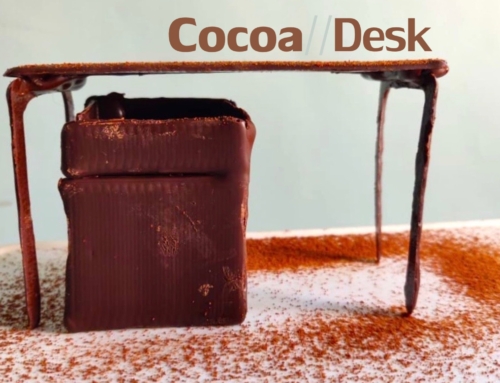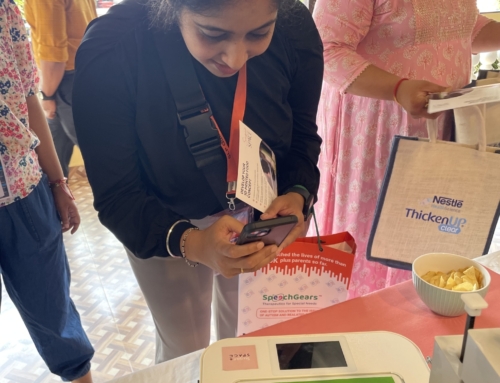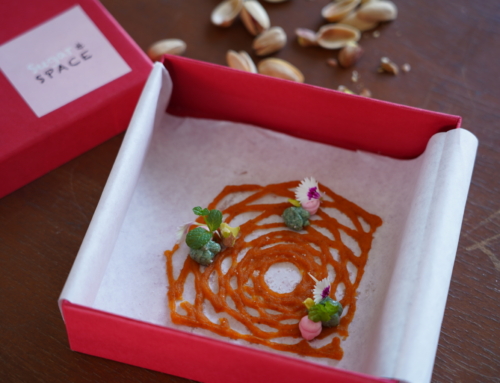I connected with human-centered designer Lindsey about a year ago, when she was finishing up her product design program at Drexel University. Her research project had caught my attention. ‘Chow’ Pickling System looked at this traditional technique to address a larger demon – food waste. We didn’t have the chance to connect deeper until after she returned from Senegal. This story of Senegalese Maafé makes my mouth water.
For the past six months I was living in Senegal, West Africa and working as a Peace Corps Volunteer in the Urban Agriculture sector. This was before the global pandemic and all volunteers worldwide were evacuated from their respective countries. I was sent back to the United States. Currently, following stay-at-home orders in my home state of Vermont, I’ve had plenty of time to dive into culinary exploration. Nevertheless, I think back to the flavors and aromas of Senegalese food.
Looking Back
Adjusting to the ingredients and flavor palate of another culture can be quite an adventure. Factors I hadn’t given much consideration to before, like what kind of water my lettuce was rinsed in or the texture of fatty meat in my hands, had my attention now. Eventually, the stomach aches and loss of appetite subsided. I grew accustomed to the tap water, the rice-heavy diet, and the oils and spices used for flavoring.
Like households in the U.S., meals vary from family to family. Nevertheless, there are some meals that are quite common around all of Senegal. Maafé, a classic Senegalese lunch dish, is a creamy stew served over rice that achieves its creamy texture from raw peanut butter and stewed tomatoes. Mmm, just thinking about it makes my mouth water. Roughly every other week, my host mother or one of my aunts would prepare maafé. I saw the packets of raw peanut butter in the market basket and I knew a special lunch was coming. Those were meals to look forward to, cherish in the moment, and remembered afterward.
And it wasn’t just me. My host sisters and female cousins gathered around the big, covered bowl of white rice, and the nine or ten of us sat patiently. One of us poured the steaming maafé over the fluffy pillow of rice. Chunks of white, fleshy sweet potato, tomato, and meat – cow, goat, or sheep – plopped down with the rich red-orange peanut stew. The excited grins and right hands poised to scoop the first bite were testament to the popularity of this meal. There were never leftovers of maafé.

Lunch time with my host family in Senegal.
Looking Ahead
Seated in a tight circle, eating maafé out of a communal bowl in my host family’s compound seems like a distant dream now. Nevertheless, food has the power to sit squarely in our memories and construct a visceral mental image of a specific moment: how the warm tile felt underneath me, how the slippery oil felt on my hands, how the laugh of my host sister pierced the air. That is the power of food. My home is no longer Senegal, but people make homes in different places throughout their lives, like Monopoly pieces, and I’ve left a home in Senegal that I hope to return to someday.
Written by Lindsey Kerr and edited by Jashan Sippy.
‘Food, the Feeling of Home’: A series of stories exploring nostalgia, the power of food, our memories and stories of ‘home’. Want to share your story? Send it to us at info@sugarandspace.in








Leave A Comment